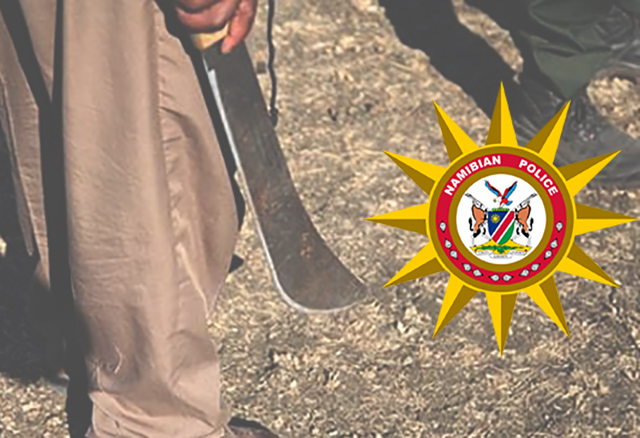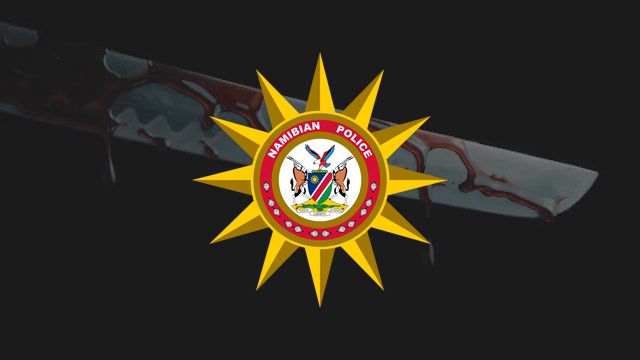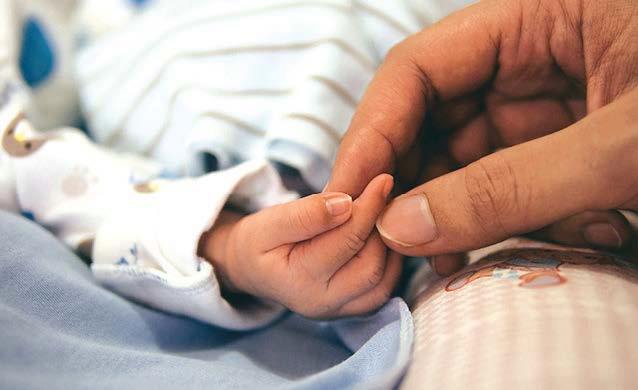THE scale and nature of seabird, shark and turtle bycatches by Namibia’s 45 longline vessels is unknown.
A new study funded by the Benguela Large Marine Ecosystem Programme (BCLME) will address the incidental bycatch of longline fishing operations in the Benguela region. The study will be implemented by WWF South Africa and Birdlife South Africa in Namibia, South Africa and Angola.According to the July issue of the BCLME newsletter, the project will determine the scale of the bycatch problem and also introduce simple and appropriate measures to try and avoid the senseless killing of seabirds, turtles and sharks.Longline vessels in Namibia fish for hake, tuna, billfish and sharks.Seabirds are caught in the process as the birds dive onto baited hooks in their quest for food.They are then dragged underwater to their deaths.Turtles get killed when they feed on baited hooks.At least 25 species of sharks in the Benguela region are caught by longliners with many of them ending up being discarded after their fins have been removed.According to the newsletter, bycatch problems are different for the three countries.In South Africa there is a fairly good understanding of the seabird bycatch with as many as 20 000 seabirds a year killed.Mitigation measures could reduce the number by as much as two-thirds, but these would first have to be designed and tested.The measures include bird scaring devices and weighting of lines.Compliance so far is poor, reports the BCLME newsletter.Longliners set approximately 34 million hooks a year.Despite an observer system being in place in Namibia, there are no available figures on the bycatch.According to initial reports of shark landings, pelagic sharks are caught in large numbers in Namibian waters, states the newsletter.Angolan figures are also not known.With an abundant population of leatherback and olive ridley turtles, they could be caught in significant numbers.The species most severely threatened by longline fishing are generally long-lived but slow breeders or have a low recruitment into the breeding population.”This makes them especially vulnerable to the unintended effects of longline fishing operations,” states the BCLME newsletter.The project in Namibia will focus on assessment and training, which will include the education of fisheries observers about the biology and conservation status of affected species.The training will also include the mechanics and practical use of mitigation measures.The project will run for two years.The BCLME programme is a joint initiative between South Africa, Namibia and Angola to manage and utilise the resources of the BCLME in a sustainable and integrated manner.The study will be implemented by WWF South Africa and Birdlife South Africa in Namibia, South Africa and Angola.According to the July issue of the BCLME newsletter, the project will determine the scale of the bycatch problem and also introduce simple and appropriate measures to try and avoid the senseless killing of seabirds, turtles and sharks.Longline vessels in Namibia fish for hake, tuna, billfish and sharks.Seabirds are caught in the process as the birds dive onto baited hooks in their quest for food.They are then dragged underwater to their deaths.Turtles get killed when they feed on baited hooks.At least 25 species of sharks in the Benguela region are caught by longliners with many of them ending up being discarded after their fins have been removed.According to the newsletter, bycatch problems are different for the three countries.In South Africa there is a fairly good understanding of the seabird bycatch with as many as 20 000 seabirds a year killed.Mitigation measures could reduce the number by as much as two-thirds, but these would first have to be designed and tested.The measures include bird scaring devices and weighting of lines.Compliance so far is poor, reports the BCLME newsletter.Longliners set approximately 34 million hooks a year.Despite an observer system being in place in Namibia, there are no available figures on the bycatch.According to initial reports of shark landings, pelagic sharks are caught in large numbers in Namibian waters, states the newsletter.Angolan figures are also not known.With an abundant population of leatherback and olive ridley turtles, they could be caught in significant numbers.The species most severely threatened by longline fishing are generally long-lived but slow breeders or have a low recruitment into the breeding population.”This makes them especially vulnerable to the unintended effects of longline fishing operations,” states the BCLME newsletter.The project in Namibia will focus on assessment and training, which will include the education of fisheries observers about the biology and conservation status of affected species.The training will also include the mechanics and practical use of mitigation measures.The project will run for two years.The BCLME programme is a joint initiative between South Africa, Namibia and Angola to manage and utilise the resources of the BCLME in a sustainable and integrated manner.
Stay informed with The Namibian – your source for credible journalism. Get in-depth reporting and opinions for
only N$85 a month. Invest in journalism, invest in democracy –
Subscribe Now!








